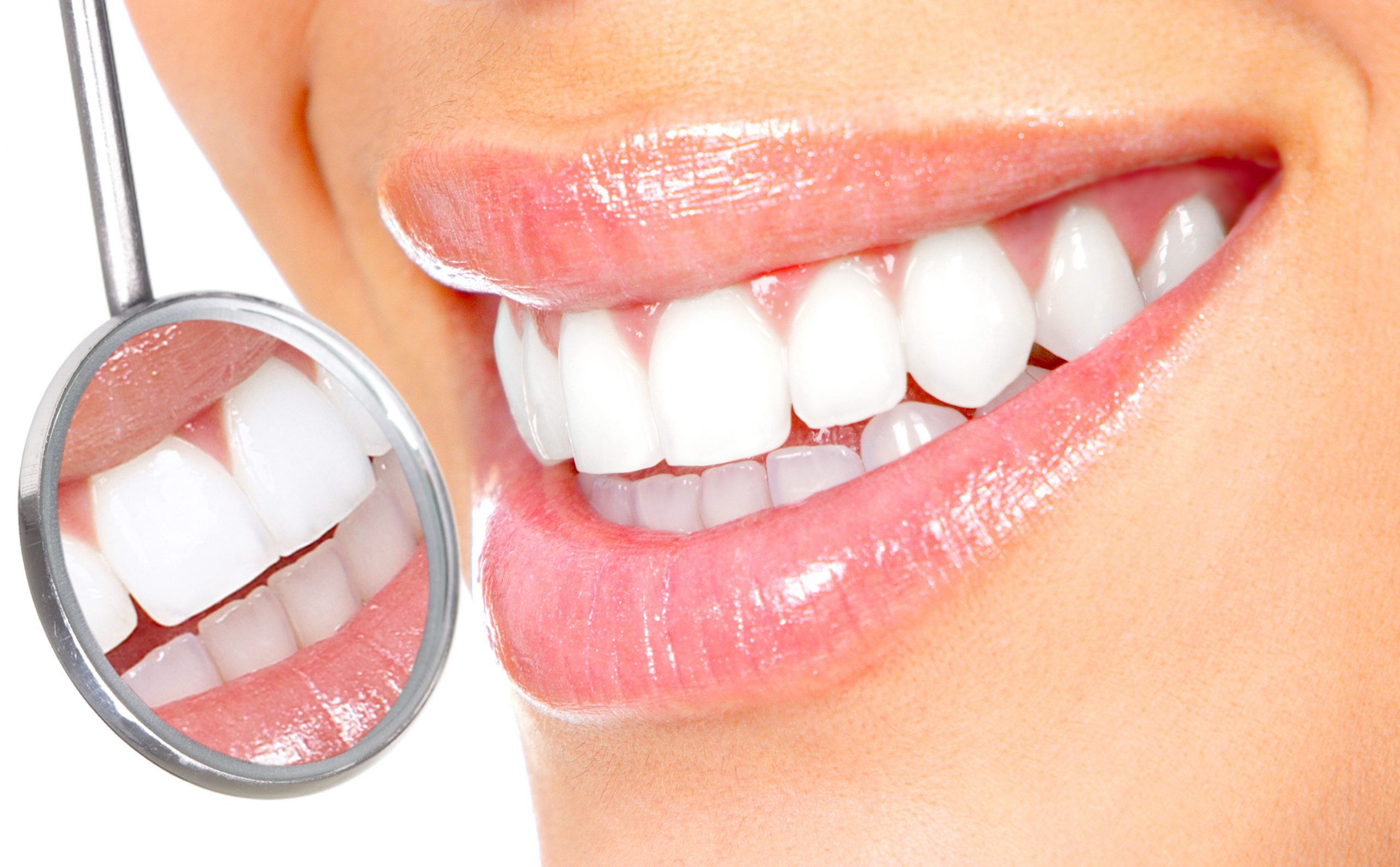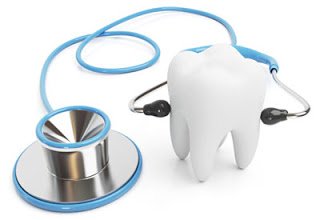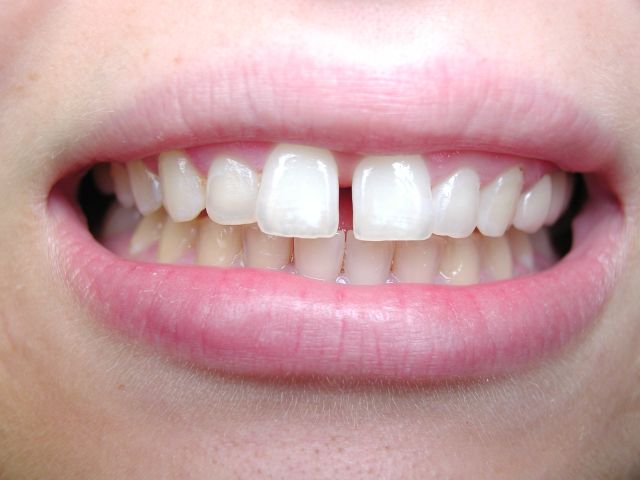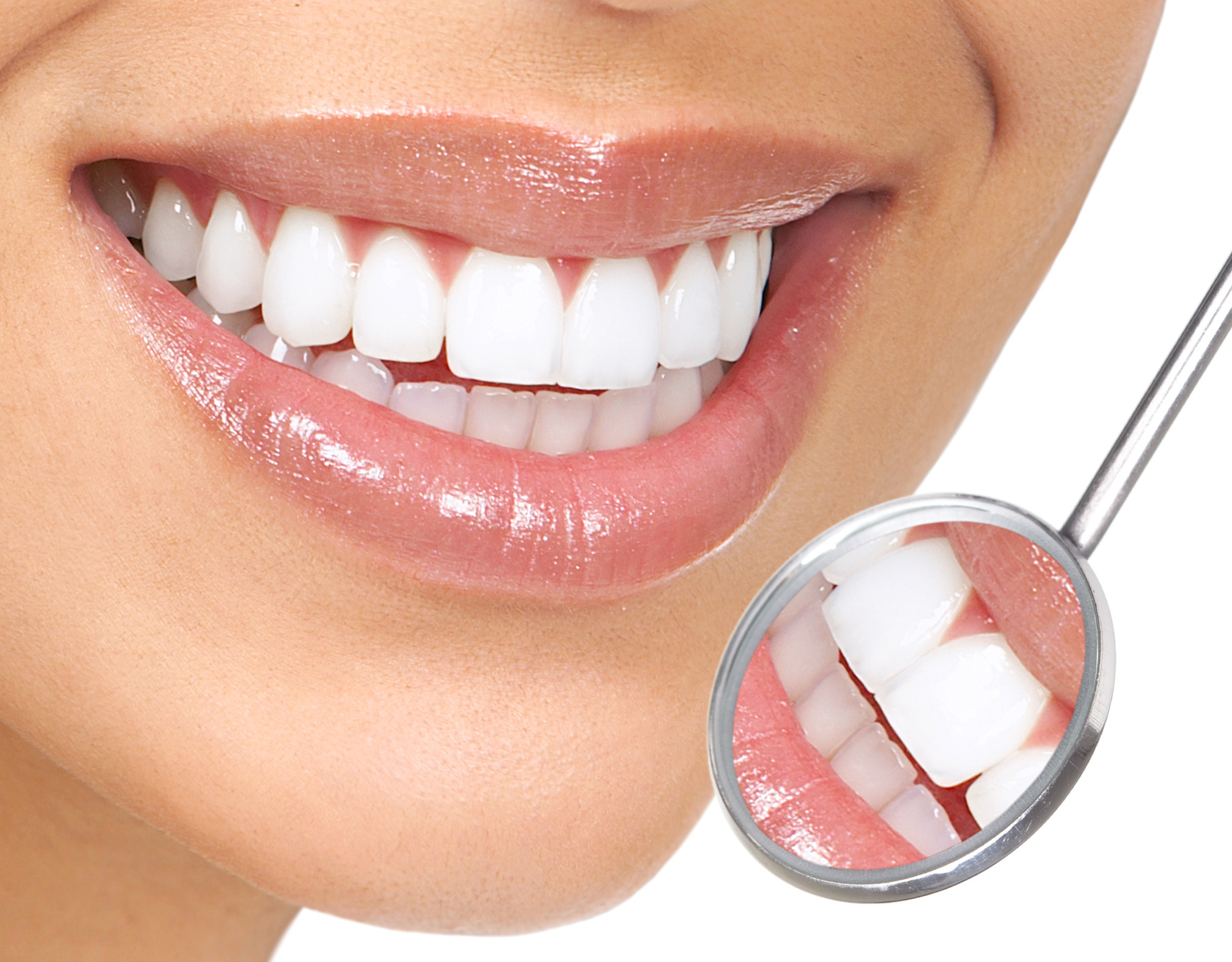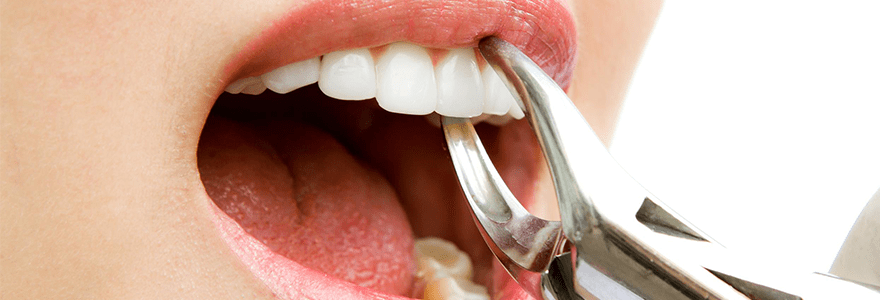Does Teeth Whitening Cause Teeth Sensitivity?
Teeth whitening is one way to brighten your smile. It is a procedure that can be accomplished either in the dental office or at your own home. The downside to whitening your teeth is the sensitivity that sometimes develops. The properties of hydrogen peroxide – one of the main ingredients in most tooth whitening products may irritate the tooth nerve.
Tooth sensitivity is experienced as a rush or wave of pain usually as a response to cold air or water. If you suffer from tooth sensitivity then you may want to re-consider a whitening regime. However, there maybe ways to combat this issue and still allow yourself to whiten your teeth.
- Follow the instructions of your dentist when using a professional product or the manufacturer’s instructions for the over the counter products. Never whiten your teeth for longer than recommended.
- Sometimes just giving your teeth a short break between treatments can help to alleviate the symptoms.
- Taking pain killers can help reduce the symptoms if taken before applying the whitening product. Taking it ahead of time may prevent the symptoms from surfacing.
- See if you are using a product with a lower peroxide level.
- Limit the cold drinks and foods while you are whitening.
- Overuse of whitening products can also cause sensitivity. When used to excess, they have the potential to make your teeth very sensitive or even damage them.
If you tend to have teeth sensitive to whitening, talk with your dentist about the options available to you. If you try a product and experience painful sensitivity, stop using it immediately and consult with a dental professional. You and your dentist can decide together what product would best for you.

